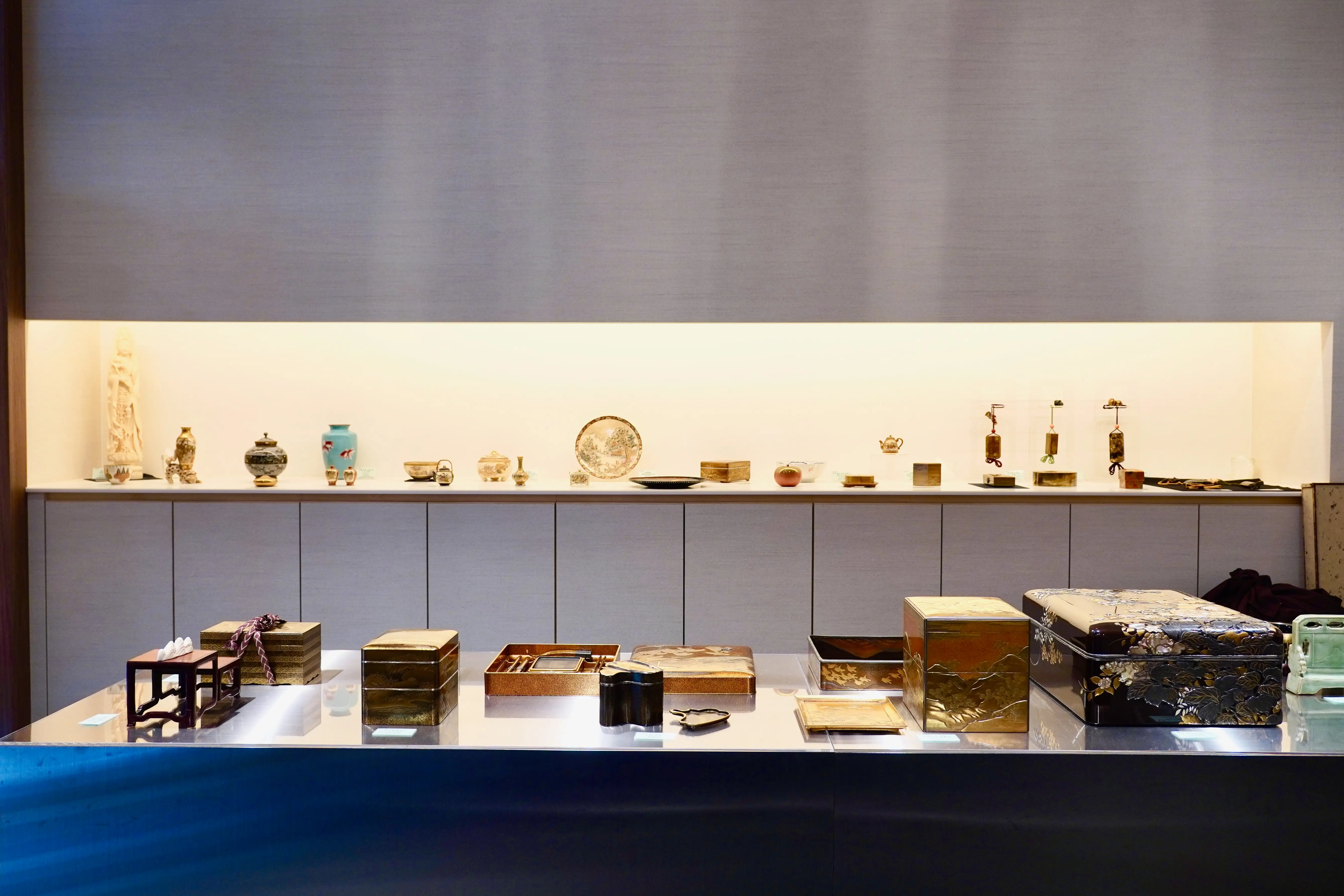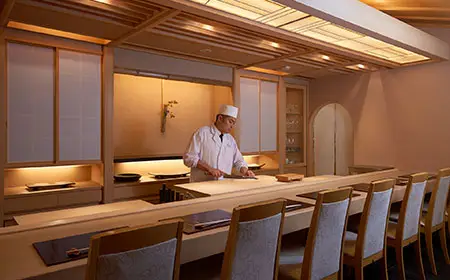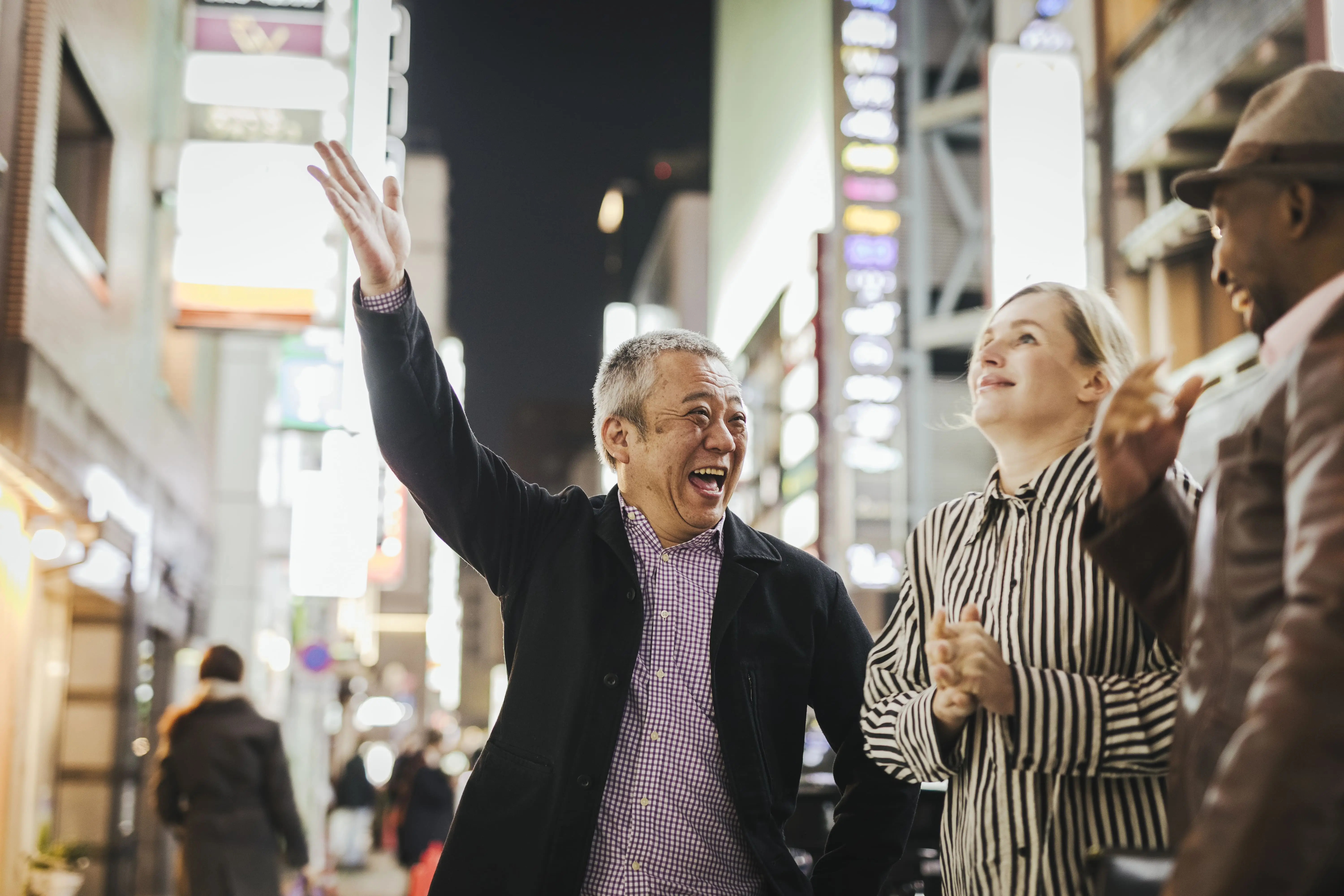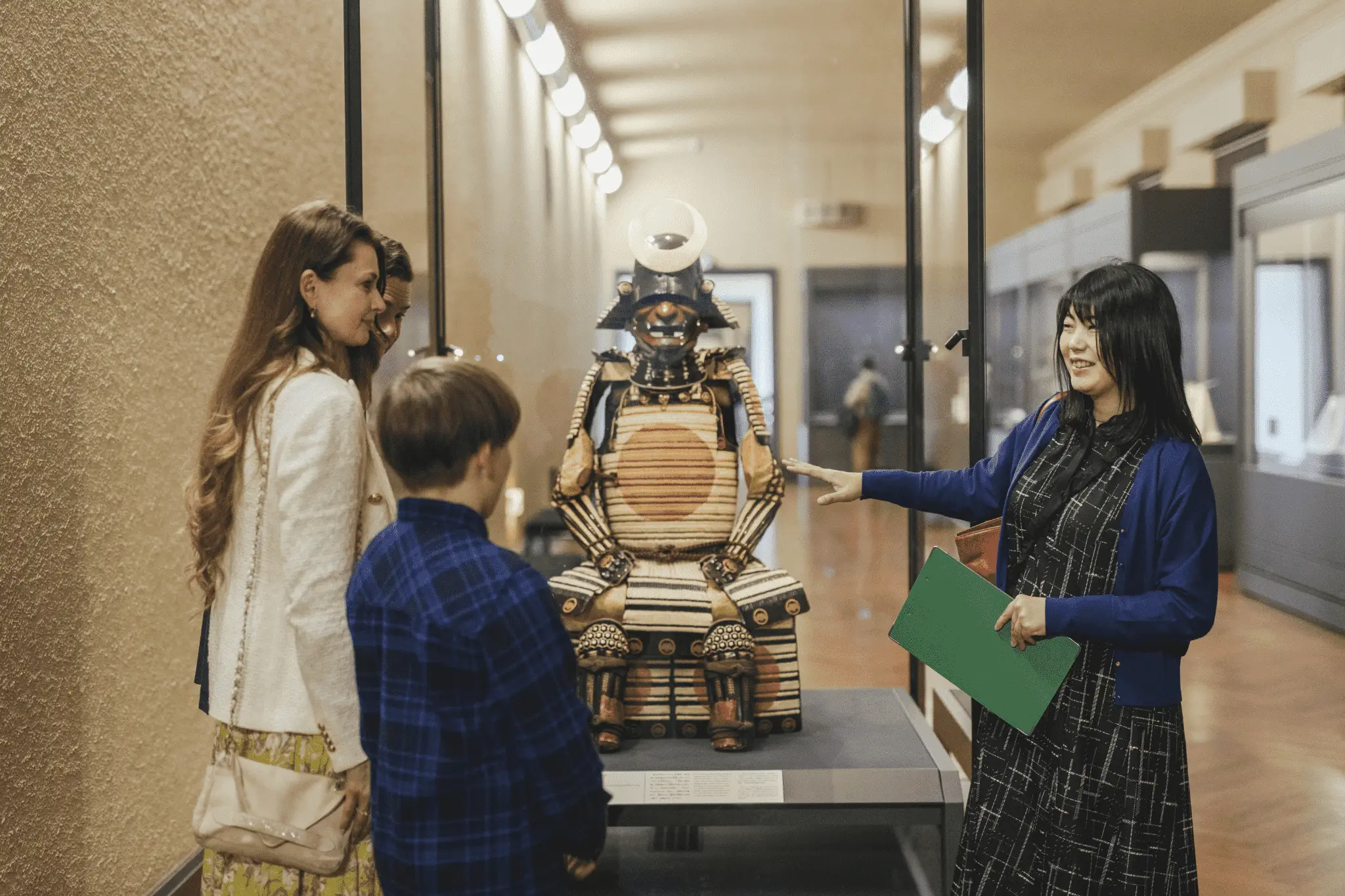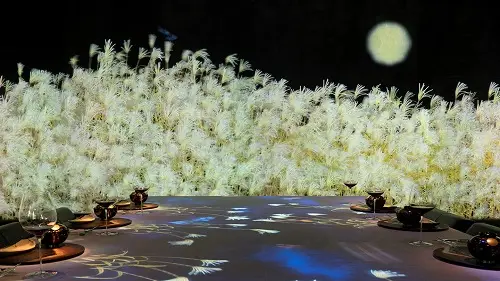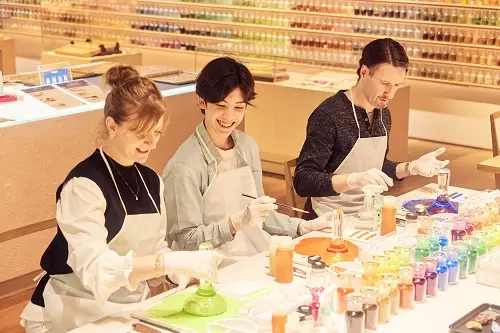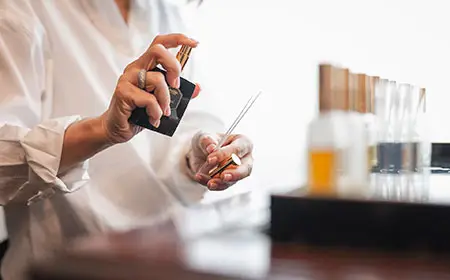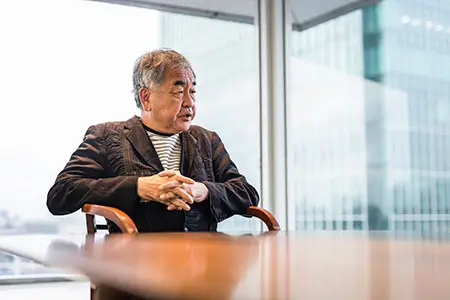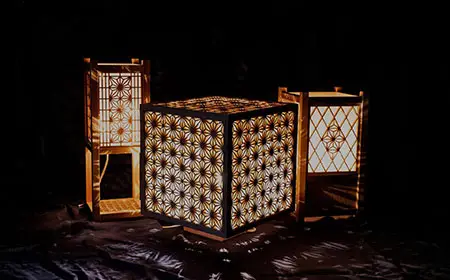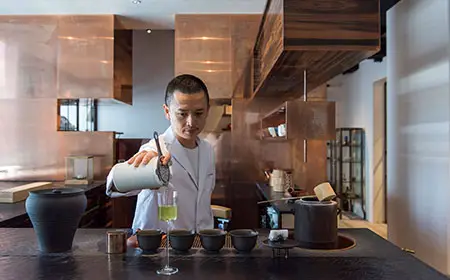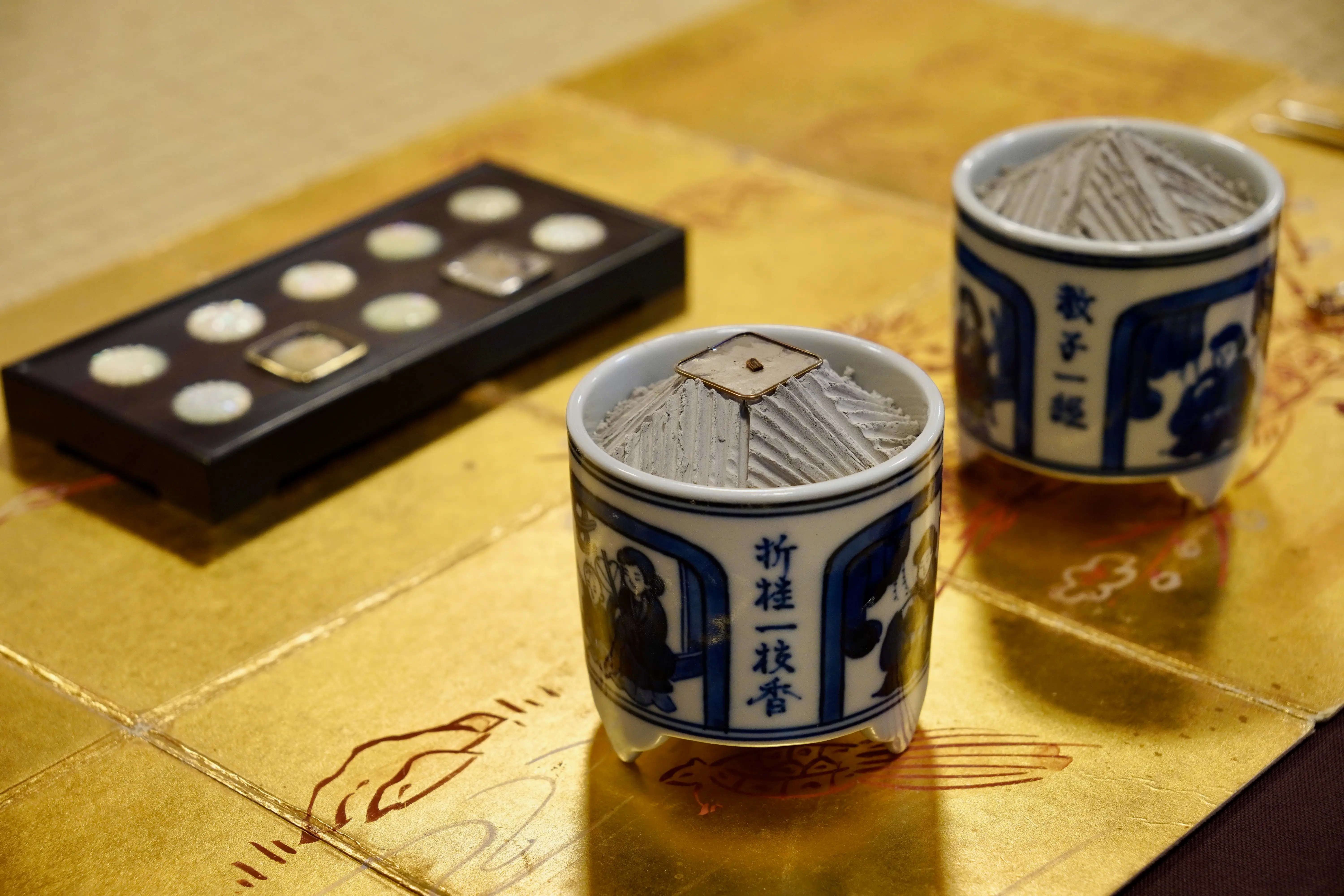
THE SECRET WAY OF INCENSE
Discover the secretive world of kodo, the Japanese Way of Incense. As a new grand master inherits the 21st-generation of the Shino-ryu kodo school in spring 2025, this meditative art of sniffing agarwood is growing overseas.
October 2025
Scent is the most mysterious of our five senses. It's the least studied, and at the same time the most seductive. Similarly, the centuries-old Way of Incense —kodo— is perhaps the most secretive of all Japanese traditional arts, even though it shares many cultural and spiritual values with tea ceremony (sado) and flower arrangement (kado).
If wearing kimono while kneeling on tatami and manipulating dedicated objects with meticulous attention to detail in a highly ritualized ceremony sounds a lot like the Way of Tea, kodo master Souhitsu Isshiken Hachiya points out a key difference: "Sado involves tangible acts such as drinking and eating, which are closely related to daily life. In contrast, in kodo, the act of 'listening to fragrance' (monko) is an extraordinary, transcendent experience." It’s perhaps better to think of kodo as a more exclusive, austere ritual to cultivate your inner spirit by smelling rare ancient wood. It's basically zazen meditation, but with a focus on scent.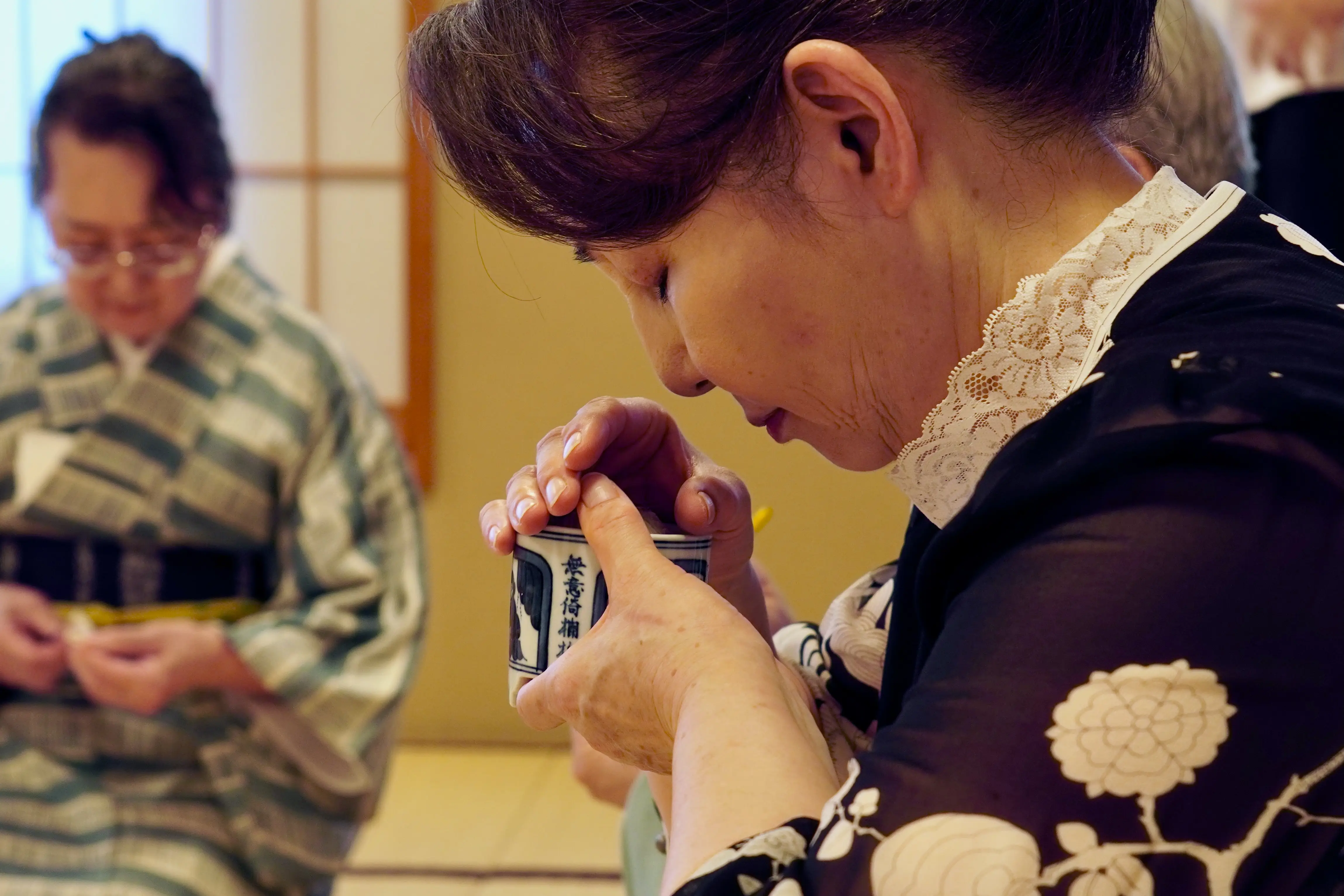
Kodo Origins and Essence
Fragrant wood was first introduced to Japan from China through Zen Buddhism in the 6th century. Incense was burned as a way to purify the human mind as well as the physical space, and ceremonially to connect with nature and the universe. During the Nara period (710-794) and Heian period (794-1185), mixing aromatic ingredients, playing games to identify scents and integrating waka poetry became a popular pastime among the Japanese aristocracy.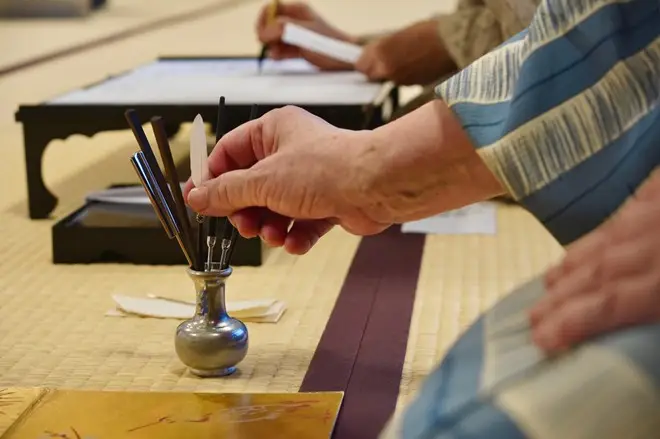 In 1478, the shogun Ashikaga Yoshimasa, an influential leader of noble-class Higashiyama culture in Kyoto, commissioned the samurai Shino Soushin to appraise and classify his treasured incense woods. The classification method Soushin developed eventually evolved into the foundation of the Shino school of kodo in 1501. Since then, the well-guarded techniques of Shino-ryu kodo have been passed down from father to son in a continuous patrilineage over 21 generations. Their secret, strictly defined ritual of kodo has remained unchanged for over five centuries.
In 1478, the shogun Ashikaga Yoshimasa, an influential leader of noble-class Higashiyama culture in Kyoto, commissioned the samurai Shino Soushin to appraise and classify his treasured incense woods. The classification method Soushin developed eventually evolved into the foundation of the Shino school of kodo in 1501. Since then, the well-guarded techniques of Shino-ryu kodo have been passed down from father to son in a continuous patrilineage over 21 generations. Their secret, strictly defined ritual of kodo has remained unchanged for over five centuries.
Another reason why kodo is so exclusive is the luxury of the rare incense wood used in the ceremony. Agarwood only grows in certain countries of Southeast Asia, and only becomes fragrant after the wood matures over many years, is transformed by natural decay, then aged over several more decades. With proper care, this rare fragrant wood (jinko) can retain its characteristic scent for hundreds of years. Therefore, disciples of kodo can travel through time, communing with the natural essence of aromatic woods that once belonged to samurai, whisking them back to the Edo period (1603-1867), when the Way of Incense was at its peak.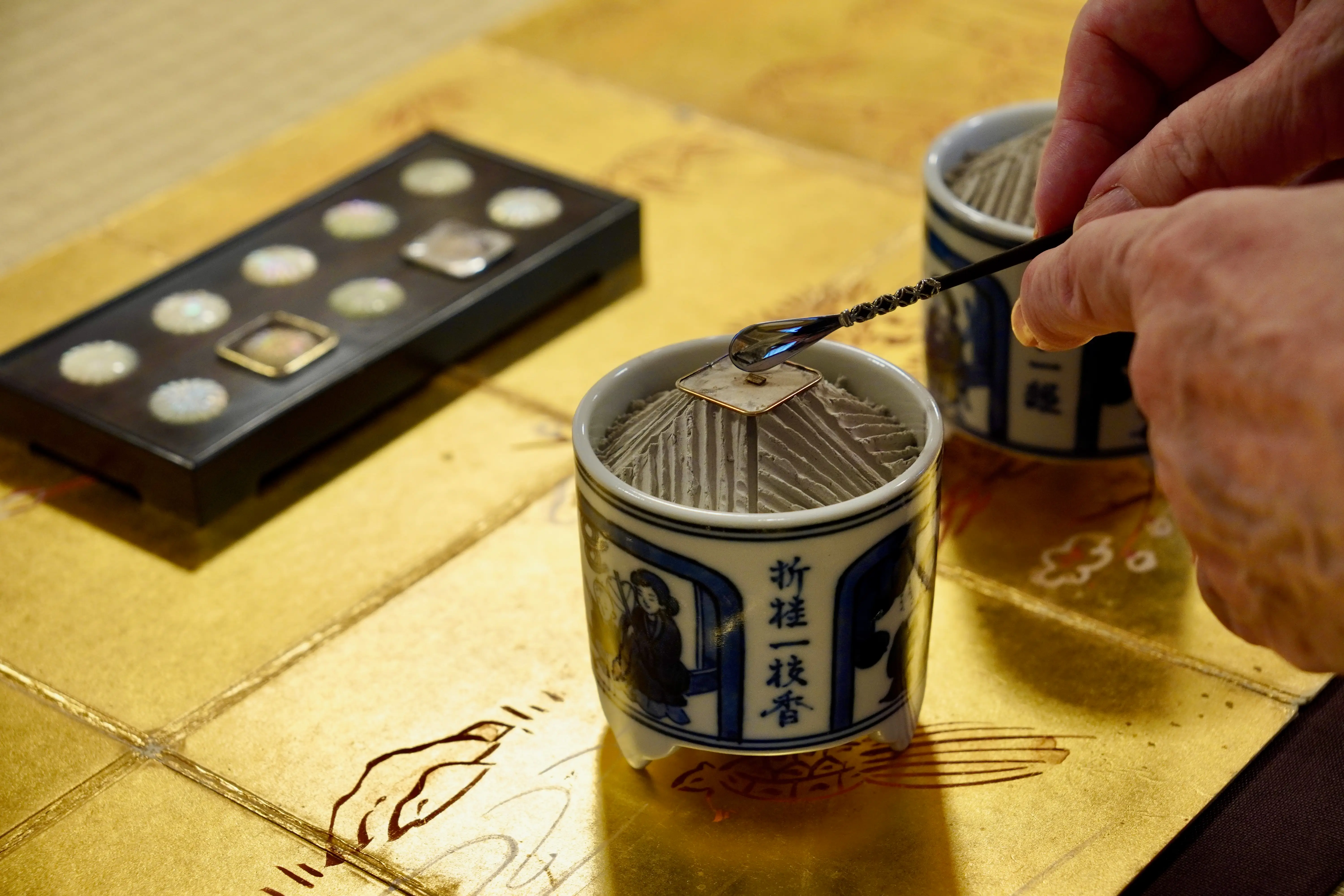
Shino-ryu kodo's New Grand Master
On March 18, 2025, Souhitsu Isshiken Hachiya inherited his family's 550-year-old tradition to become the 21st generation iemoto or grand master of Shino-ryu kodo. At the ripe age of 50, he is well seasoned in the meditative and holistic practice of kodo, with quiet confidence and a solemn demeanor.
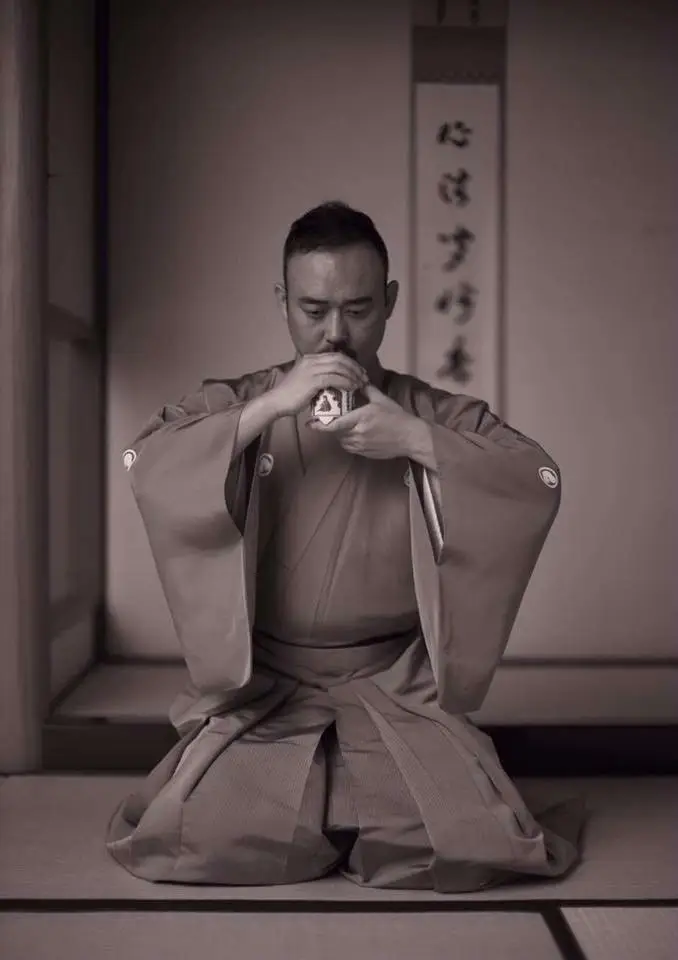 "Studying kodo isn't just about rituals and theory," he says. "It encompasses all human experiences: viewing flowers, watching the moon, enjoying sake, composing poetry, shedding tears, being moved. All of these are part of the path."
"Studying kodo isn't just about rituals and theory," he says. "It encompasses all human experiences: viewing flowers, watching the moon, enjoying sake, composing poetry, shedding tears, being moved. All of these are part of the path."
Meanwhile, he has spent part of the past 30 years concurrently pursuing his mission to promote the art of kodo in dedicated schools and events across Japan and overseas. Shino-ryu kodo has branches and salons in Paris, Boston, Shanghai, Hangzhou, Singapore, Kuala Lumpur, Dubai and other cities, while Hachiya has given demonstrations and workshops in ambassadors' residences, cultural centers and universities. He has even conducted scent education classes at Japanese kindergartens, aiming to cultivate in children an early sensitivity to fragrance as a means of fostering awareness of the wonders of nature and a deeper appreciation for Japan's enduring cultural heritage.
"I am always thinking one hundred years ahead," Hachiya continues. "What can we do for the next generation? Through kodo, I feel gratitude and reverence for the rarity and history of fragrant woods, which take a century to form. Each time I listen to fragrance, I confront nature and cherish that moment."
Shino-ryu kodo at Zojoji Temple
Since 1598, when the Shogun Tokugawa Ieyasu relocated the temple to its current site in Tokyo, Zojoji has been the central temple and burial ground for the Tokugawa clan in the Japanese capital. With its powerful history, Zojoji reconnects kodo to its samurai (bushido) roots.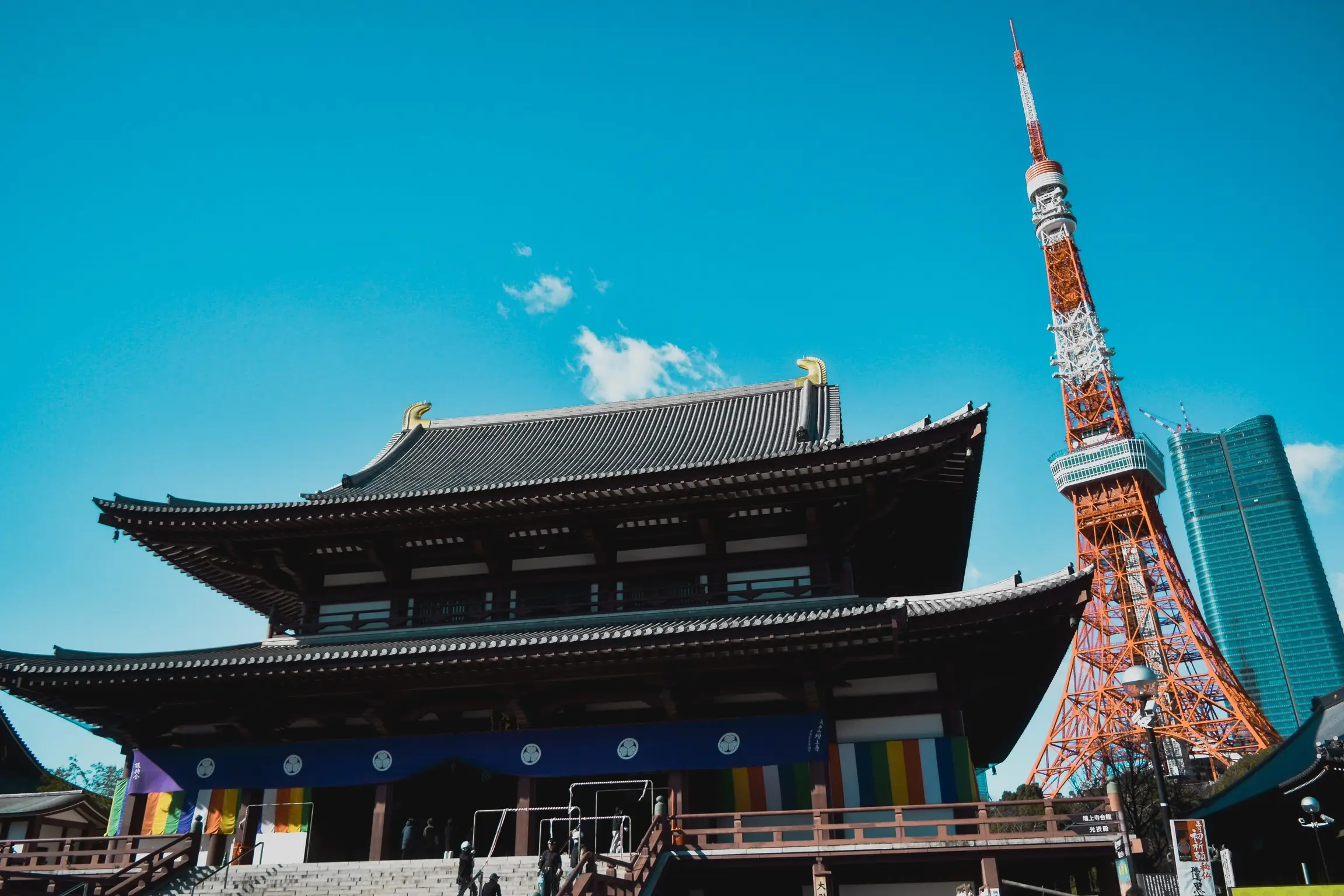
Now, visitors to Tokyo have the exceptional opportunity to experience an authentic Shino-ryu kodo ceremony led by the new iemoto Hachiya himself at Zojoji Temple. A typical session involves preparing the materials to heat the wood on an incense burner, before intimately and individually listening to various fragrant woods. This may be followed by a kumiko game to identify and compare the different incense woods, noting your impressions with esoteric symbols and precise calligraphy (shodo).
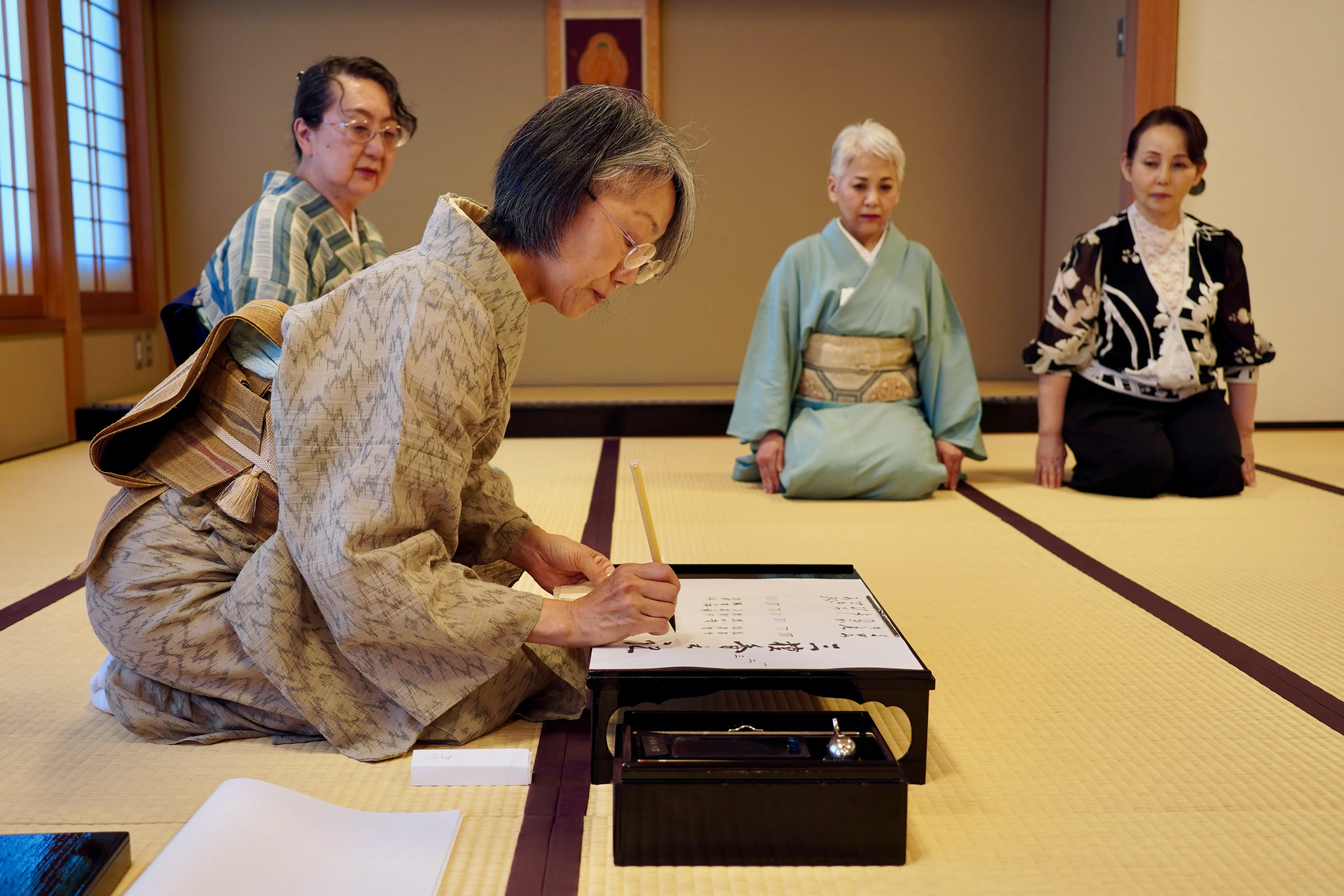
Although kodo takes the form of a social gathering, every detail of the entire ritual is strictly narrated by the iemoto, and the focused, silent "listening" to the invisible beauty of each scent is a deeply personal endeavor.
"A single fragrance takes a hundred years to form," Hachiya reminds us. "From these woods, which have lived longer than we have, we can learn how to live."
*The experience introduced in this article is an arrangement by XPERISUS.
Please contact the email below for more information.
Contact:
XPERISUS Inc.
info@xperisus.com







